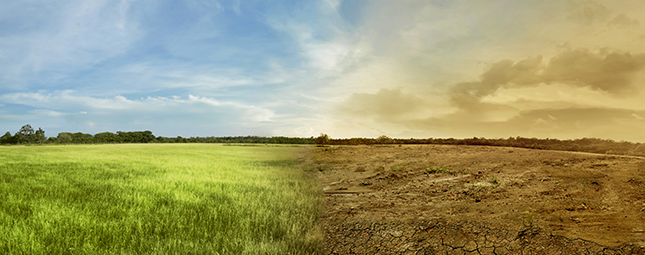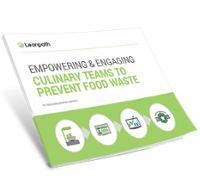How to think about the new UN climate report

It is very hard to read the latest UN report on climate change. Not technically challenging - it’s written in very clear, stark language - but emotionally difficult. The problems are so big, so daunting, it’s hard to keep it all in your head at once. So it’s worth remembering as we are faced again with the enormity of the problem, that the way to deal with any big challenge is to break it down into manageable pieces, and focus on those. For foodservice kitchens, the manageable piece of the climate challenge is preventing food waste.
The newest climate report illustrates the competing land-use needs that are at once contributing to climate change and being impacted by climate change. Agricultural land needs to be highly productive to feed a growing population. But taxing the soil makes it less productive and reduces its ability to absorb carbon (healthy soil, it turns out, can store a great deal of greenhouse gases). Less carbon absorption leads to growing climate change. And, of course, increasing farmland through deforestation contributes to climate change even further.
There’s more, of course, but you get the idea: big changes need to be made in our food system.
Not surprisingly, one of the key recommendations from the report is reducing the amount of food we waste. Noting that one third of the world’s food production is wasted, the report states, “Reducing this loss and waste would reduce greenhouse gas emissions and improve food security.”
Chances are most of us aren’t going to have direct influence over land-use policy for Brazilian rainforests, for instance. But we can have a direct impact on food waste. To prevent 1 pound of CO2 emissions means preventing about 6 pounds of wasted onions, about a third of a pound of chicken, or about one bite of beef.
The climate challenge we face is huge, but the fact is that every frontline foodservice worker can play a part in the solution. And that’s something to focus on and feel good about.
Don’t wait to get involved in the fight against food waste. Get started today with Leanpath’s free resources designed to help take control of food waste in your foodservice operation.
Download these guides and get started
on your food waste prevention journey today!
|
|
|
|


